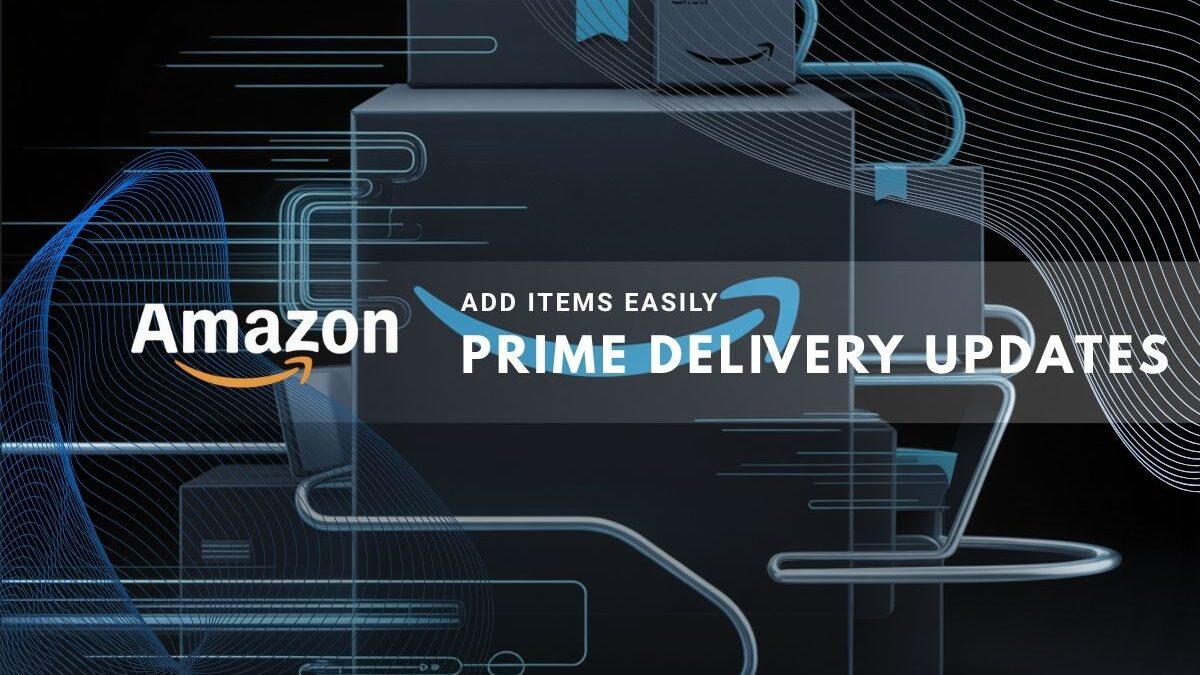Amazon has introduced a feature called “Add to Delivery,” allowing Prime members to add last-minute items to their upcoming orders with one click.
Simplifying Last-Minute add items
Amazon has launched a new feature called “Add to Delivery,” exclusively for Prime members in the United States. This option allows users to add eligible items to upcoming deliveries with just one tap, bypassing the usual checkout process and avoiding additional shipping fees. Items that qualify show a blue “Add to Delivery” button alongside the traditional “Add to Cart” option on product pages. If added by mistake, customers can immediately undo the addition.[1][2][3]
How the Feature Works
- Shop for a product marked with the “Add to Delivery” button.
- Tap to add the item to the next scheduled delivery (often same or next day).
- No need to place a new order or pay extra fees.
- Immediate reversal available with “Undo” if needed.
This update is designed to accommodate real-time shopping needs, such as realizing additional purchases shortly after placing an order, enhancing flexibility and convenience for Prime members.[4][1]
Strategic Move Against Retail Competitors
Amazon holds a competitive edge in choice and delivery speed in 2025, while Walmart leads in everyday value and grocery market share. Amazon’s strength lies in its data-driven e-commerce dominance, but Walmart leverages its extensive physical stores and omnichannel approach to maintain grocery leadership and customer loyalty.[2][3][4][6]
Amazon Grocery Private Label Launch
Simultaneously, Amazon unveiled “Amazon Grocery,” a new private label brand focused on affordable, quality grocery items. The label offers over 1,000 products including fresh produce, meat, seafood, dairy, and pantry staples, with most prices below $5. The initiative targets budget-conscious consumers and aims to challenge Walmart’s grocery dominance and other competitors like Costco.[5][6][7][8]
Market Dynamics: Price Sensitivity and Consumer Reality
Recent studies reveal that about 67% to nearly 70% of U.S. consumers live paycheck to paycheck, underscoring a strong need for value-oriented shopping options. This economic reality fuels demand for affordable store brands and private-label products, which have seen notable growth in consumer preference and market share.[9][10][11][12]
Technology and Logistics Competition
Amazon and Walmart are both heavily investing in logistical automation and delivery efficiency, focusing particularly on the grocery sector, the largest segment in retail. Their competition centers around providing faster, cheaper delivery of fresh goods—factors that heavily influence customer satisfaction and margins. Amazon’s new “Add to Delivery” feature fits into this broader strategy by streamlining the shopping experience and improving delivery flexibility.[13][14][15]
